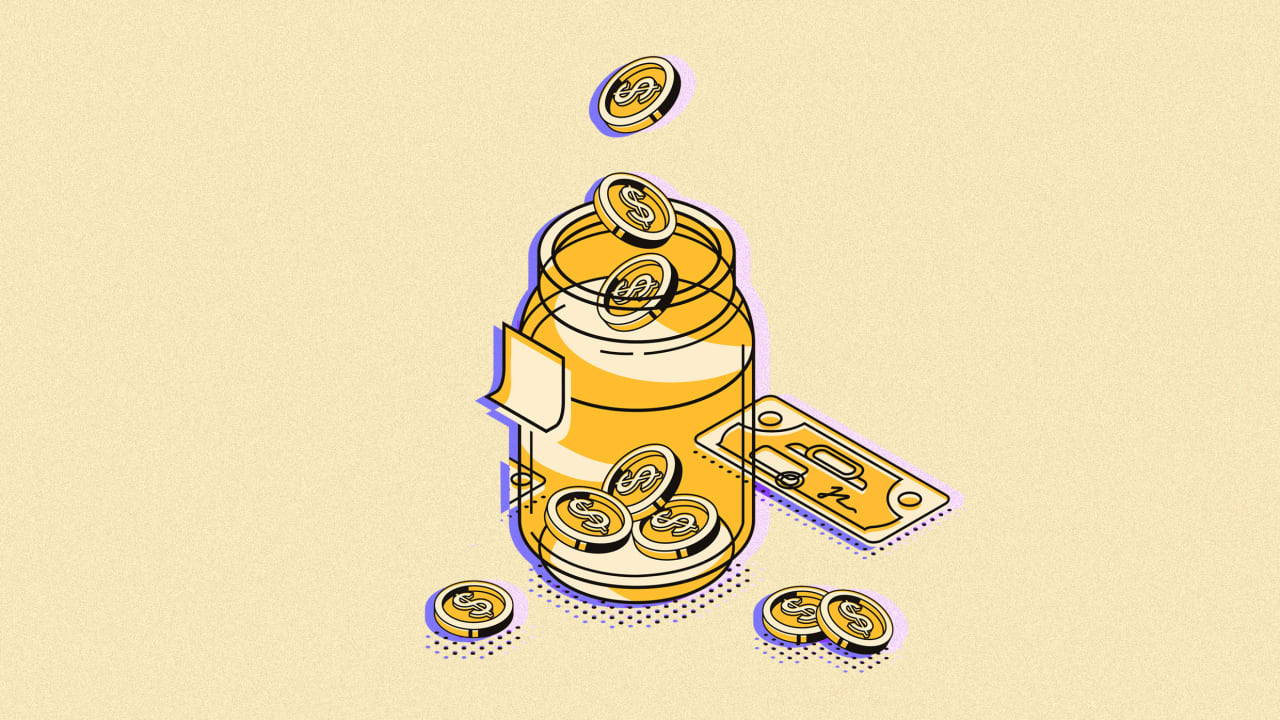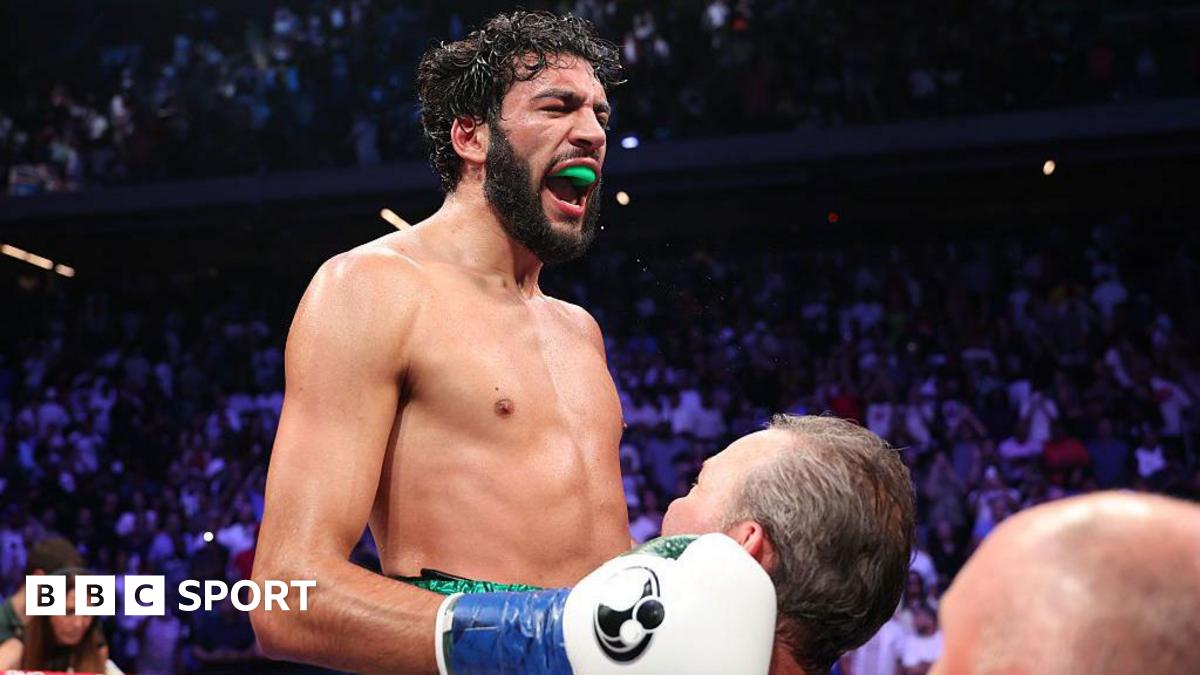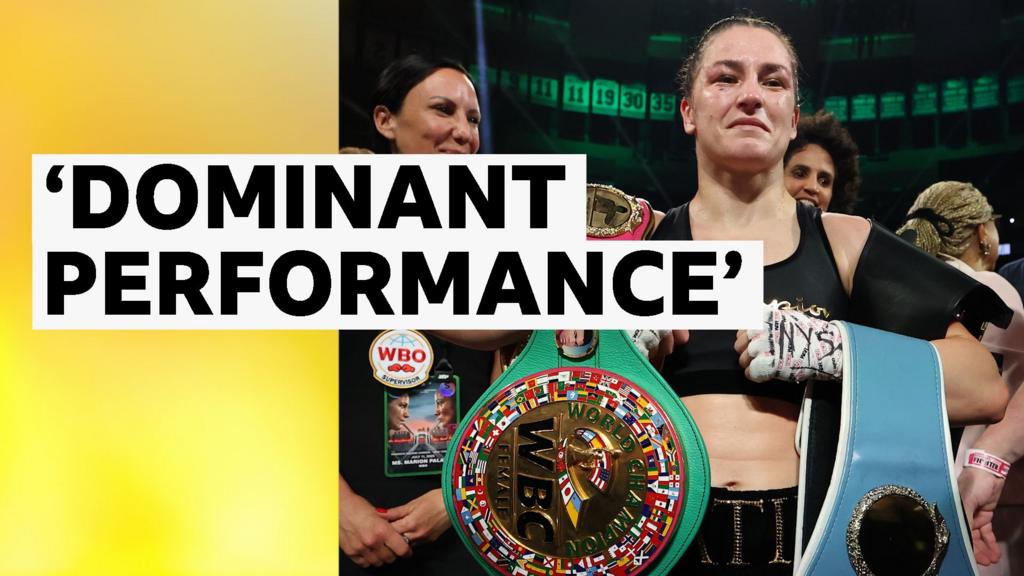What’s your investment psychology?

Douglas Adams’ brilliant novel The Restaurant at the End of the Universe describes Milliways, the fine dining establishment built in a time bubble and projected forward to the precise moment of the End of the Universe. Meals at such a singular restaurant are ridiculously expensive–but diners can easily pay for them.
“All you have to do is deposit one penny in a savings account in your own era, and when you arrive at the End of Time, the operation of compound interest means that the fabulous cost of your meal has been paid for,” Adams wrote.
When I read this novel as an impressionable 12-year-old, the Milliways-approved investing process appealed to me. With a little bit of money and a whole lot of time, compound interest could do the work for me while I sat back and looked forward to a truly world-shattering meal.
I was reminded of this recently when my spouse asked if the investment decisions we had set-and-forget several years before were maximizing our returns. Instead of jumping at the chance to ensure our finances were living up to their potential, I was annoyed at the prospect of having to make changes to a system I’d already set up.
Until that moment, I thought I had a handle on my financial psychology. But apparently, I have some quirks of investment psychology that I wasn’t even aware of. As do you.
Here’s how your investment psychology may be misdirecting your investing decisions—and what you can do to get back on track.
What is investment psychology?
Although we think of finance and investing as a “rational” activity, we are likely to react emotionally to money. This is partially because of mental shortcuts known as cognitive biases. These are systematic patterns in thinking that can lead us to irrational decisions or behavior that runs counter to our goals.
For example, my preference to set-and-forget my investments is partially due to a cognitive bias known as the status quo bias. This cognitive bias describes a preference for the current state of affairs to remain the same.
I don’t like to think of myself as a stick in the mud, and I could have given my spouse a rational-sounding reason why I don’t double check that our investments are maximized. But I can see that my lack of interest in revisiting old decisions reflects something about my investing psychology: I prefer to make a decision once and stick to it. That’s the specific aspect of the status quo that I don’t want to change.
This preference for once-and-done decision making isn’t necessarily a bad thing, but it can cost me. If my spouse hadn’t asked about our returns, I never would have thought to check and we could have lost years’ worth of potential returns.
After this experience, my spouse and I have realized that he needs to occasionally nudge me to check back on old investing decisions. That will help me avoid the complacency of my status quo bias.
Common investment psychology biases
There are a number of cognitive biases that may be keeping your investments from growing. Which of these biases sound like you?
Action bias
The action bias could be seen as the opposite of the status quo bias. If you have this cognitive quirk, you will feel the need to do something–anything!–rather than nothing.
If your portfolio drops in value, your action bias might lead you to sell in order to avoid a larger loss. Unfortunately, taking action at that time is often the worst option, since most losses are temporary, and selling makes the loss permanent.
To avoid the action bias, commit to waiting 24 to 48 hours before taking any action with your portfolio. This will give the market some time to recover from momentary dips, and will not make a significant difference if action is called for.
Additionally, find a trusted adviser or friend who can help you determine when action or inaction is appropriate. This can help keep you from developing an itchy trading finger.
Disposition effect
This cognitive bias describes the phenomenon where investors tend to sell a winning investment too soon while holding onto a tanking investment for too long. When you are experiencing the disposition effect, which combines a fear of losing out (in case the tanking investment suddenly goes gangbusters) plus a fear of regret (in case the winning investment takes a dive), you are trying to hedge your losses in both directions.
But evidence has shown that selling the losing investment and holding onto the winning investment is the smarter strategy. The disposition effect is making an emotional decision to hedge loss, rather than a rational choice to try to maximize your returns.
Researchers have found the best way to avoid the disposition effect is to implement long-term investment goals. Investors with a clear financial target not only successfully avoid the disposition effect, but they exhibit a reversal of the effect, selling the losing investments and keeping the winners.
Familiarity bias
Also known as the mere exposure effect, this cognitive bias leads investors to overinvest in assets they are familiar with. Specifically, American investors are more likely to put their money in domestic stocks, bonds, and funds, rather than getting international exposure in their portfolio.
The familiarity bias can go even further, with investors buying shares of companies they recognize, or even the company that employs them. (You might remember that Lehman Brothers’ employees owned 30% of the company’s shares at the time of the bank’s collapse.)
But just because an investor is familiar with an asset doesn’t make it the right investment for their portfolio. Diversification is typically the best way of combatting the familiarity bias. This may require the help of a financial adviser if you don’t feel comfortable picking diverse international investments or other assets outside of your sphere of exposure.
Don’t panic: a rational guide to investing
Humans aren’t great at making rational investment decisions, but we’re very good at lying to ourselves about that fact. To improve your investment choices—not to mention your returns—start by recognizing the ways in which your investing psychology may be leading you astray.
Perhaps, like me, you suffer from the status quo bias, and prefer to avoid revisiting any decisions you’ve already made. Or you might experience the opposite quirk, the action bias, which tells you to do something! anytime there is the slightest movement in your portfolio. You may fall victim to the disposition effect, where you hold onto a stinker and sell a winner, despite it being a losing strategy. Or you might just stick with the familiar companies, asset classes, and investments you know, rather than diversifying your portfolio.
Here’s the good news: once you know your brain is taking these shortcuts, you’re better prepared to avoid them.
As for me, I’m still keeping my Milliways savings account open. I’ve got the time.
What's Your Reaction?
 Like
0
Like
0
 Dislike
0
Dislike
0
 Love
0
Love
0
 Funny
0
Funny
0
 Angry
0
Angry
0
 Sad
0
Sad
0
 Wow
0
Wow
0






























































































